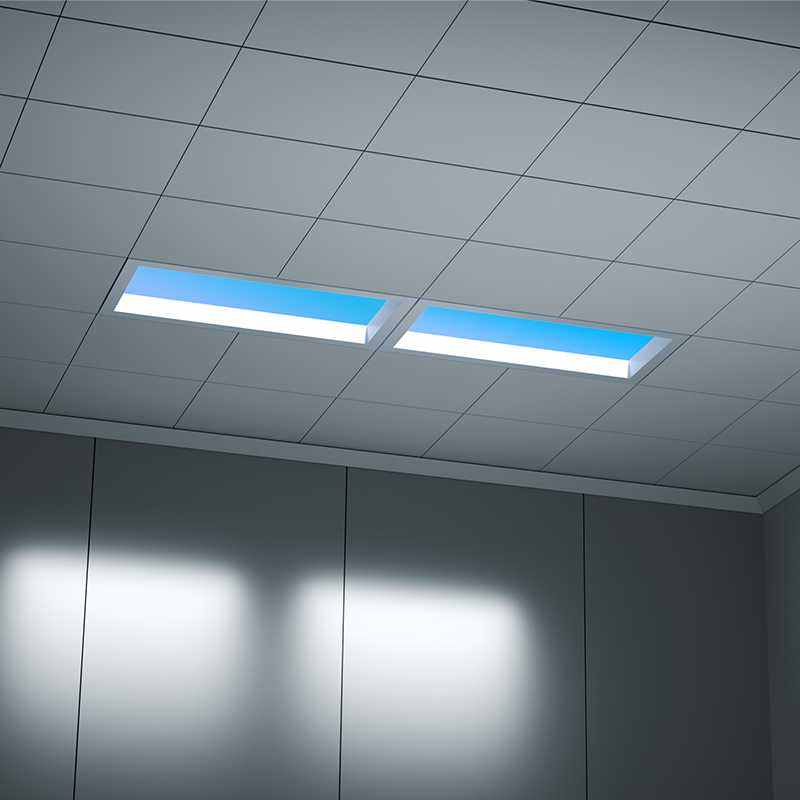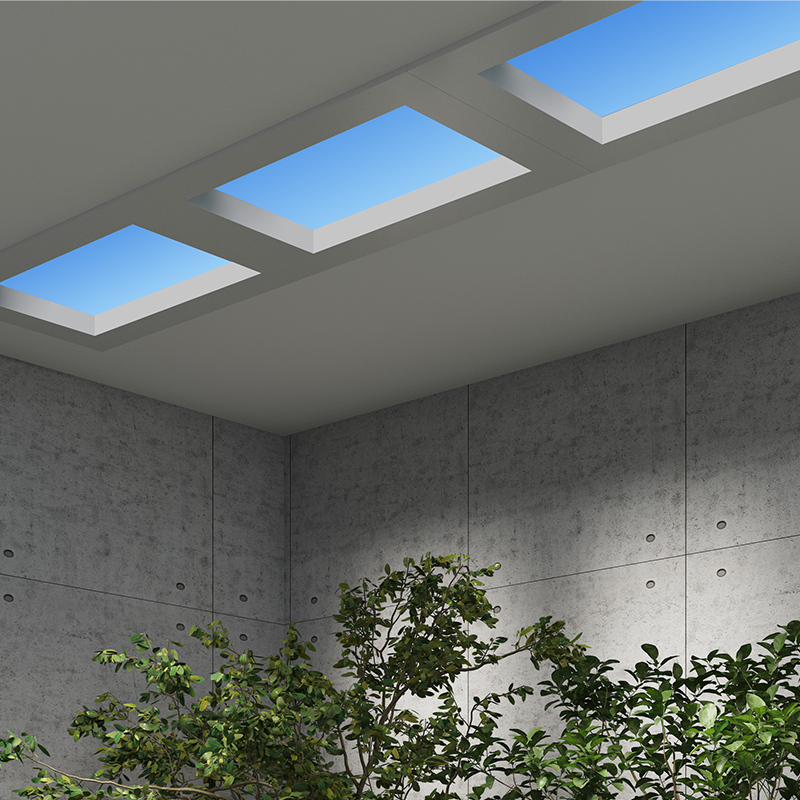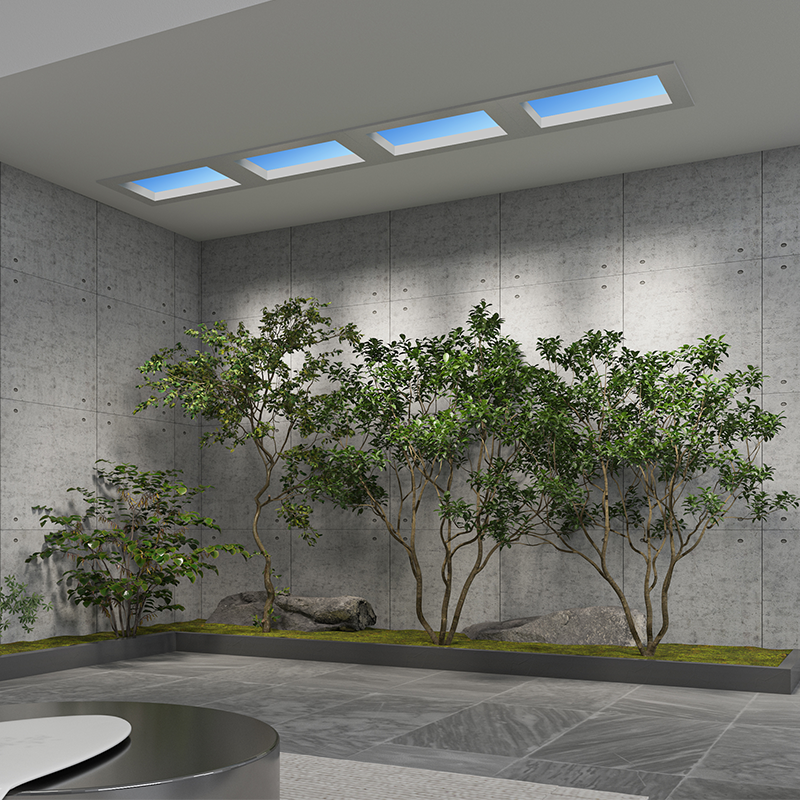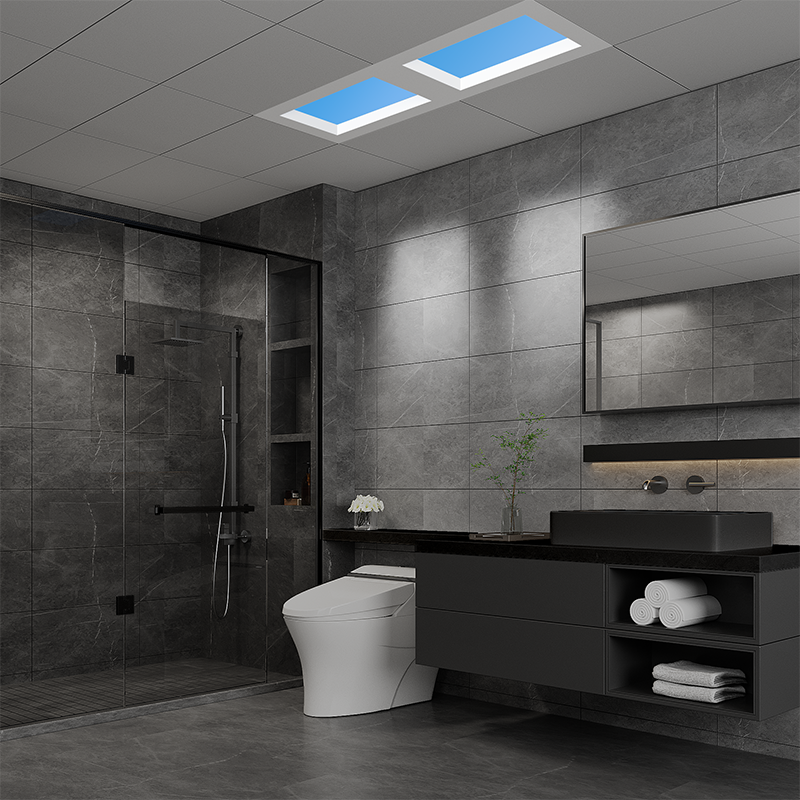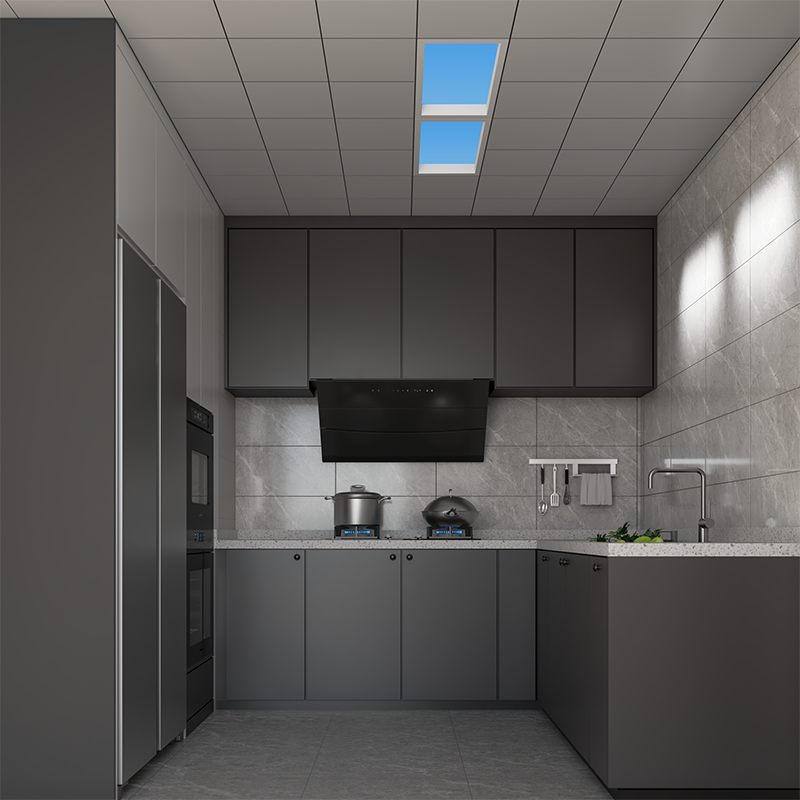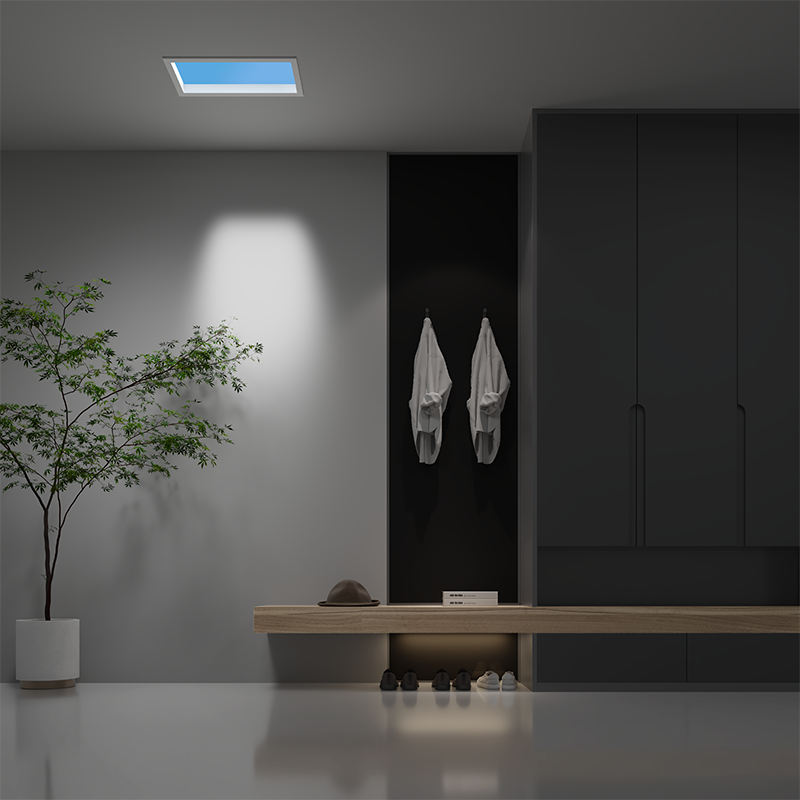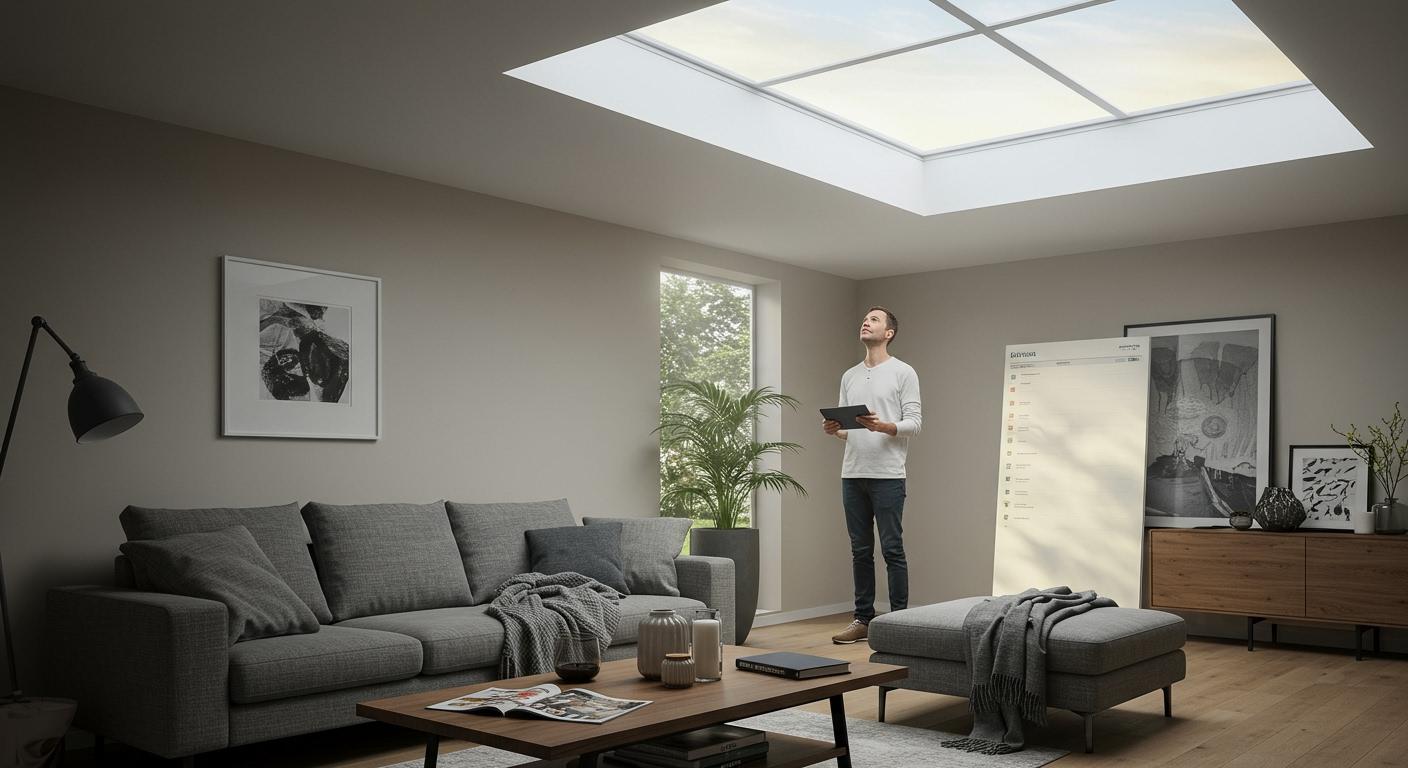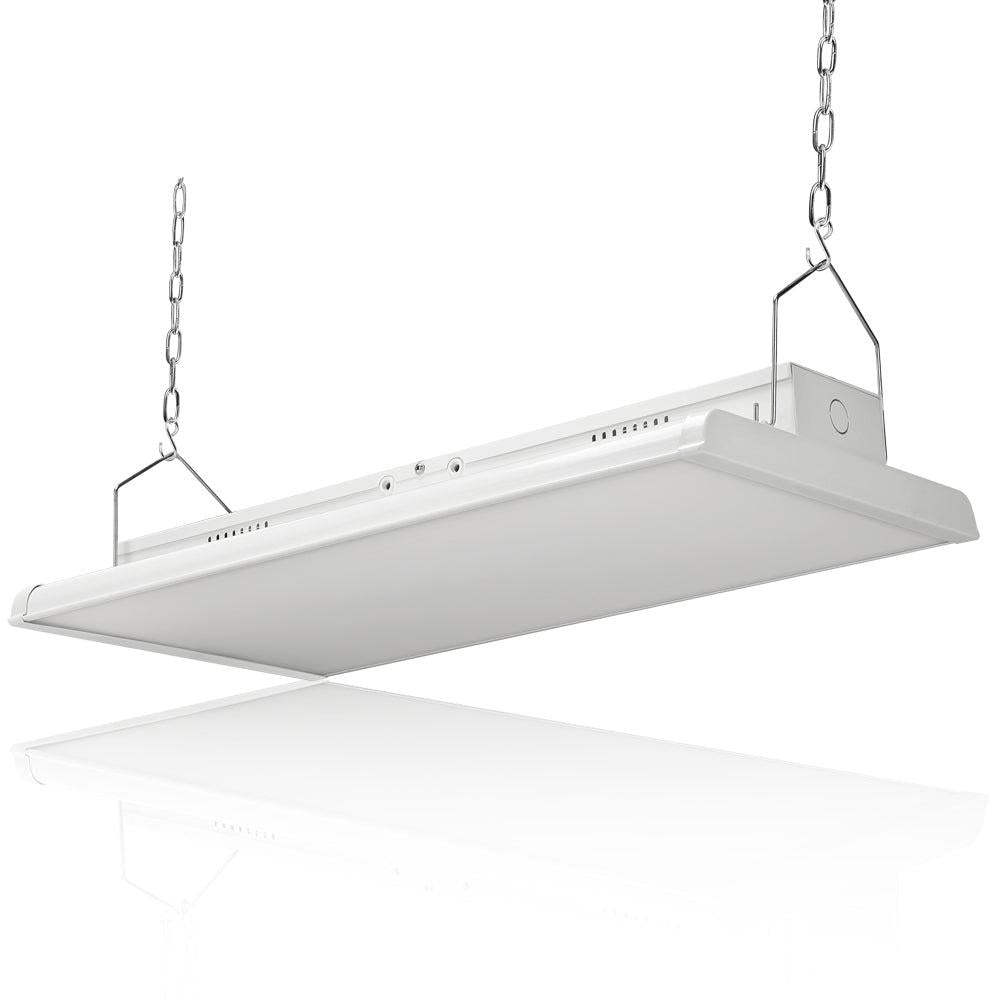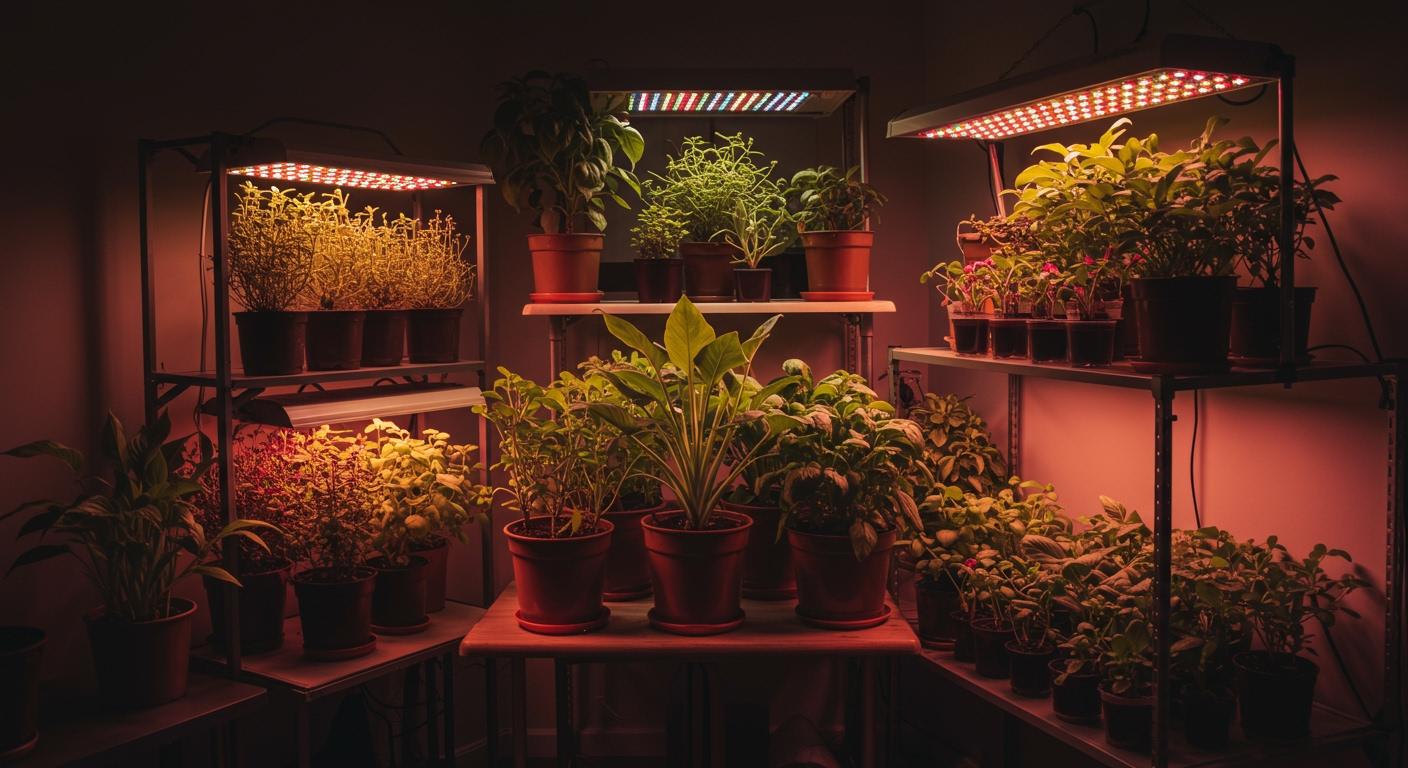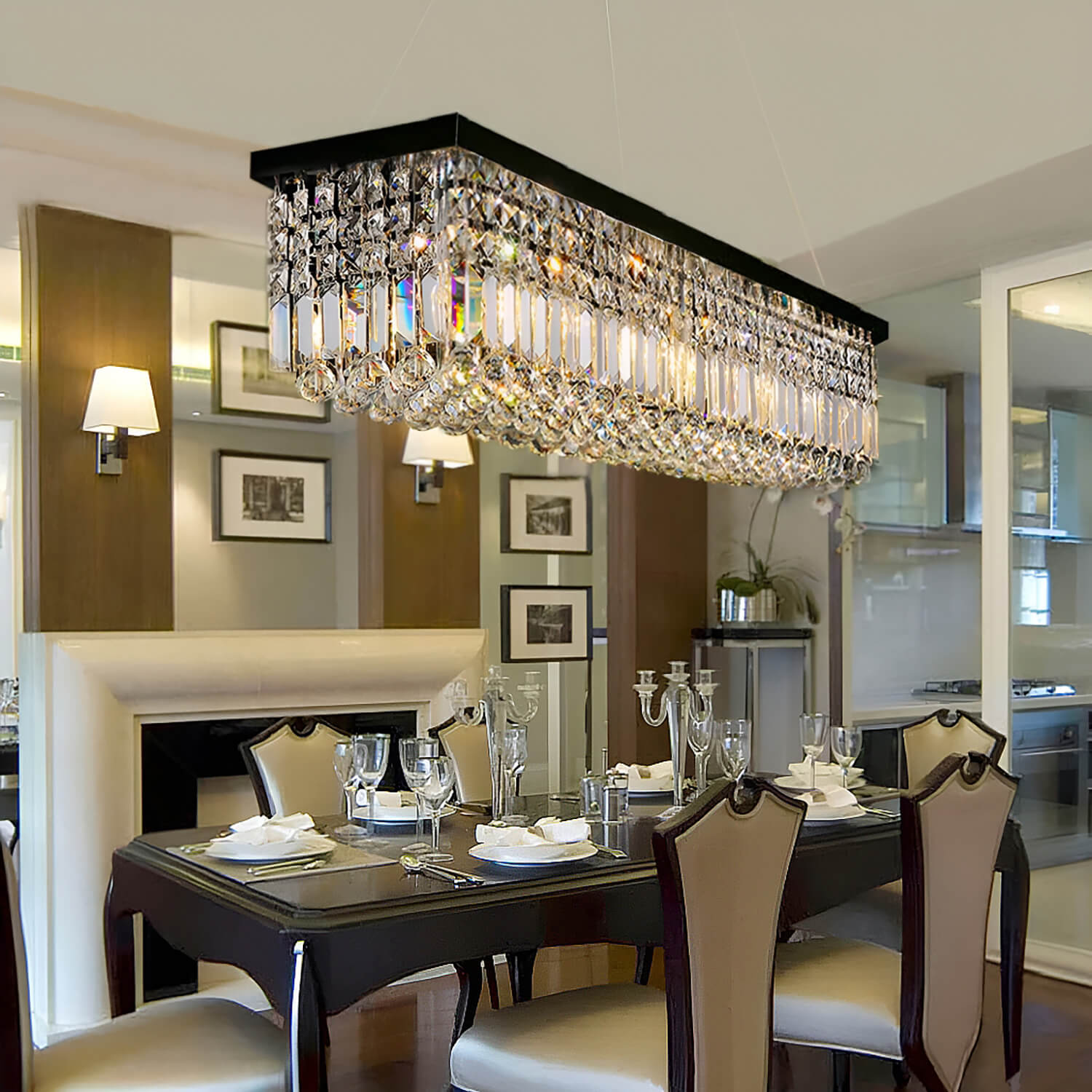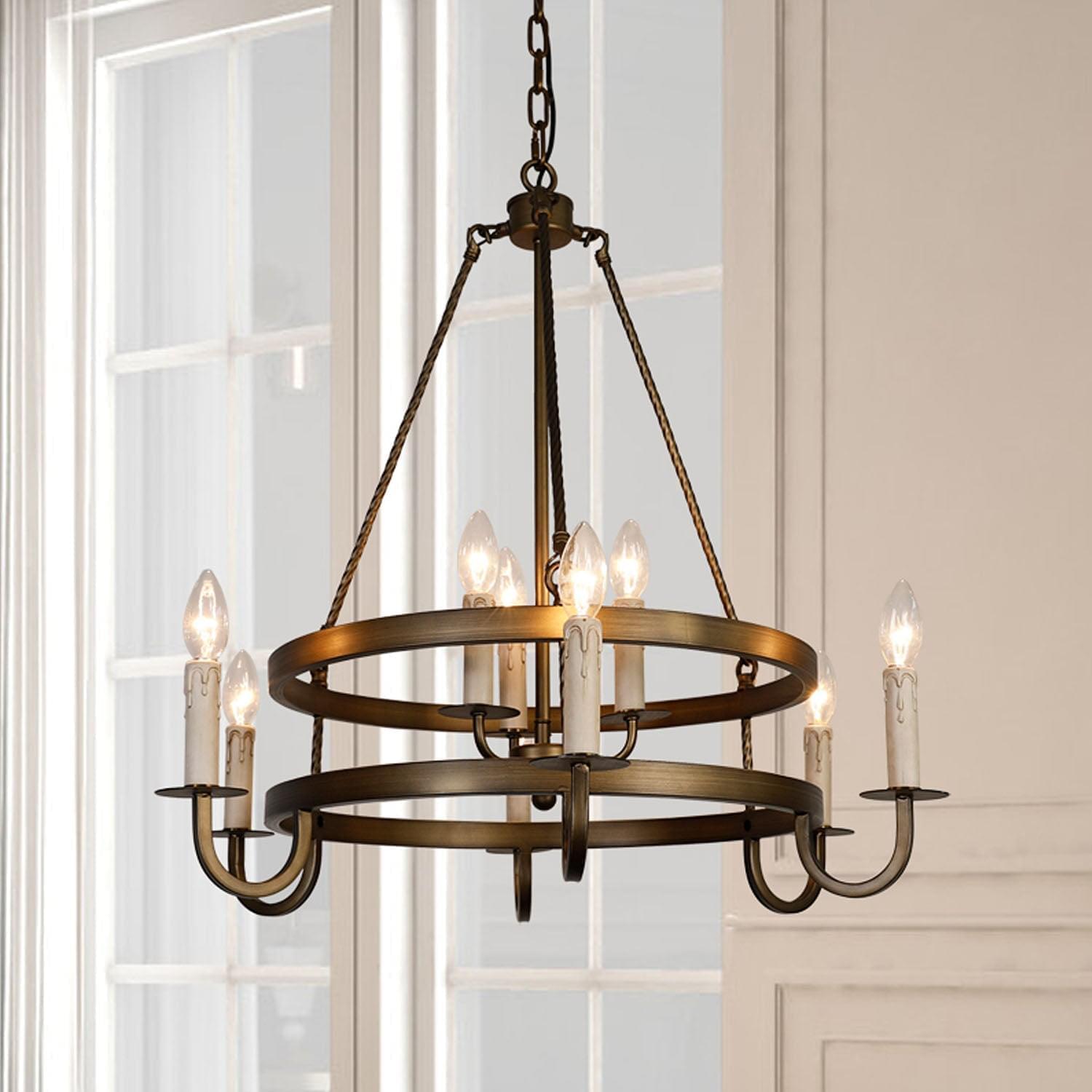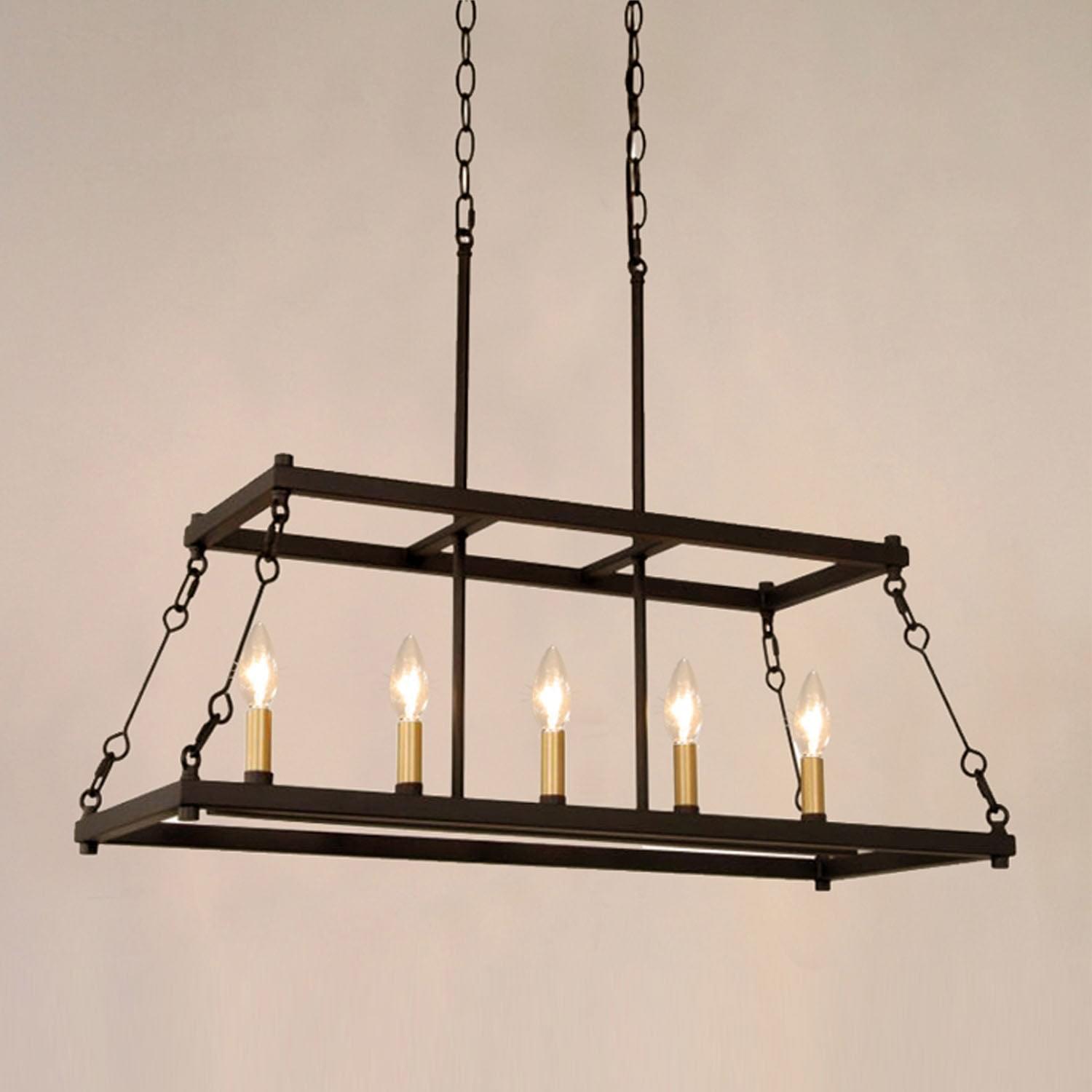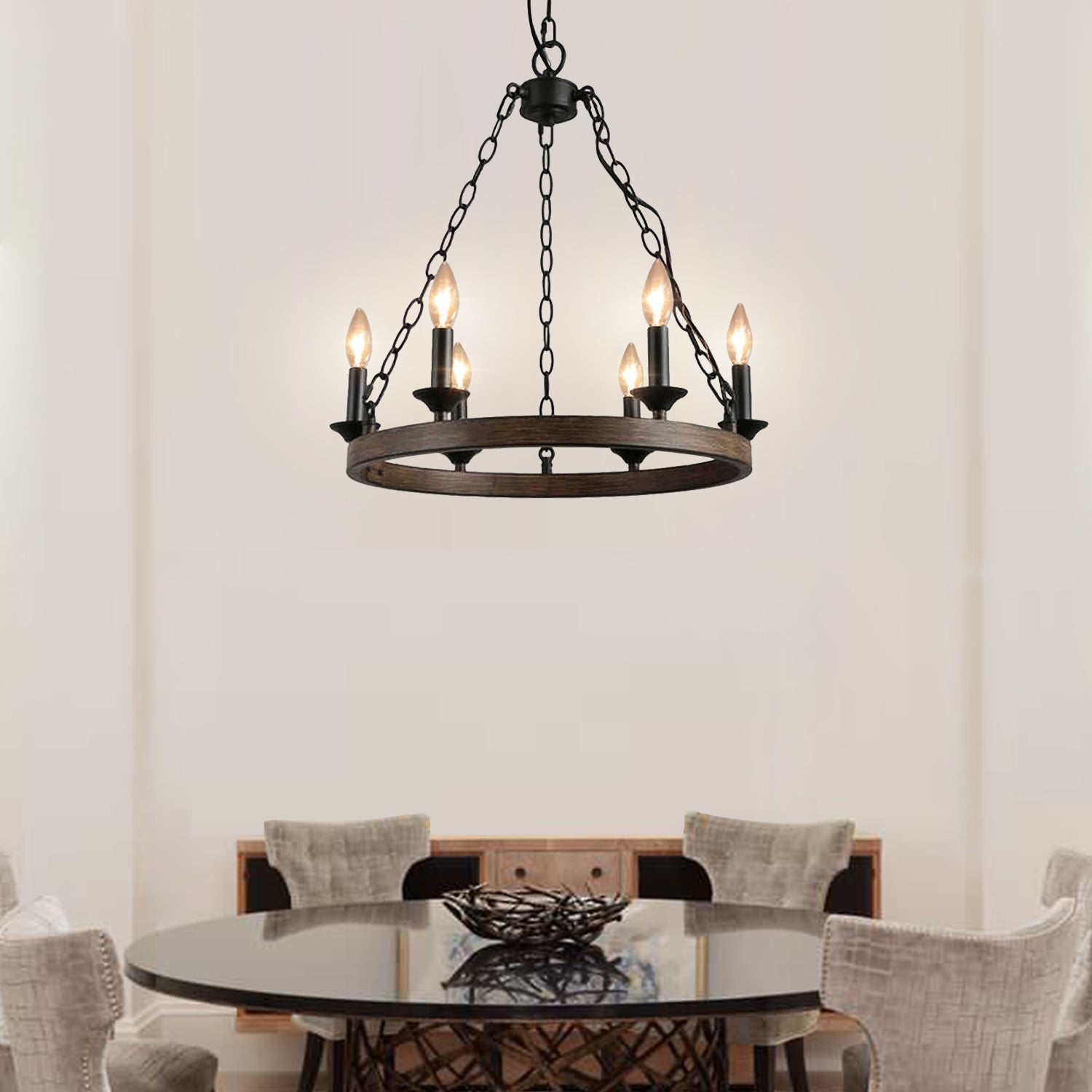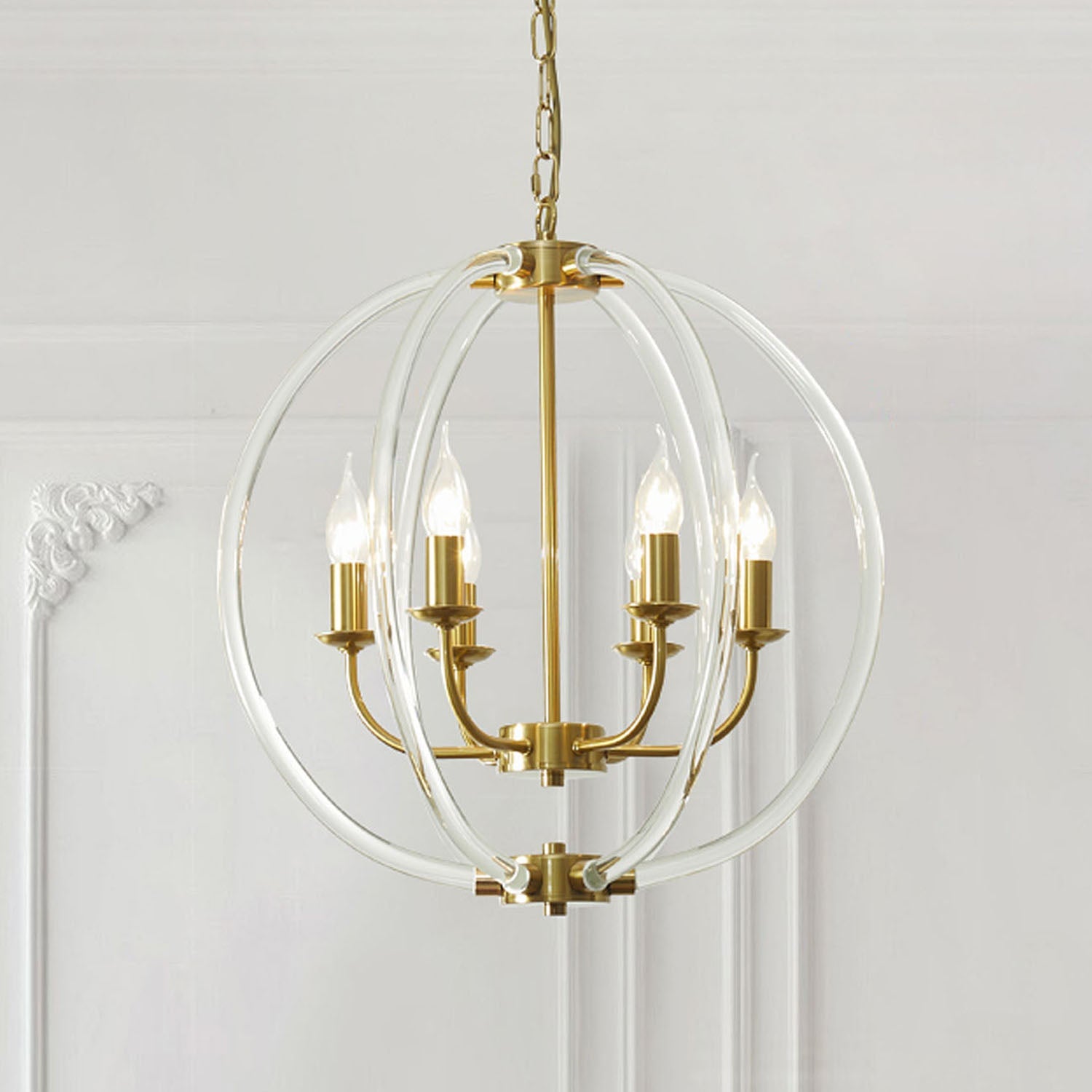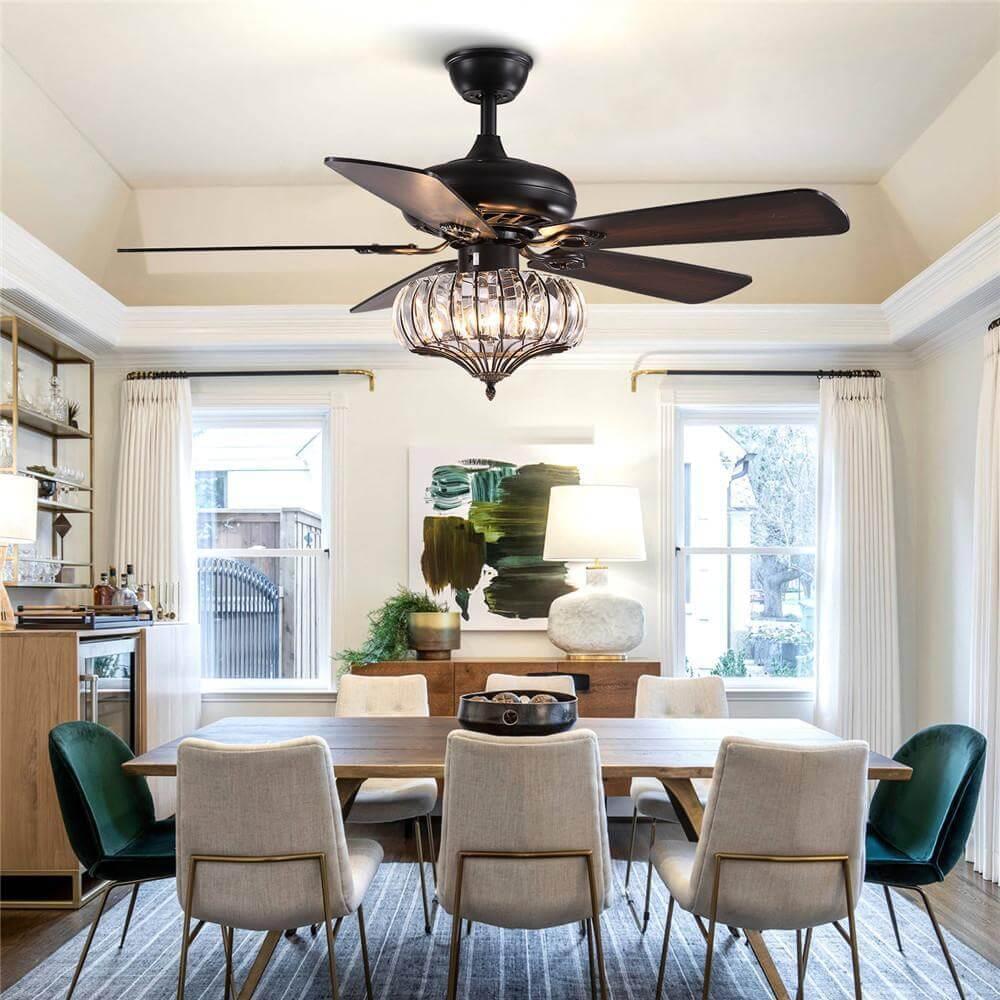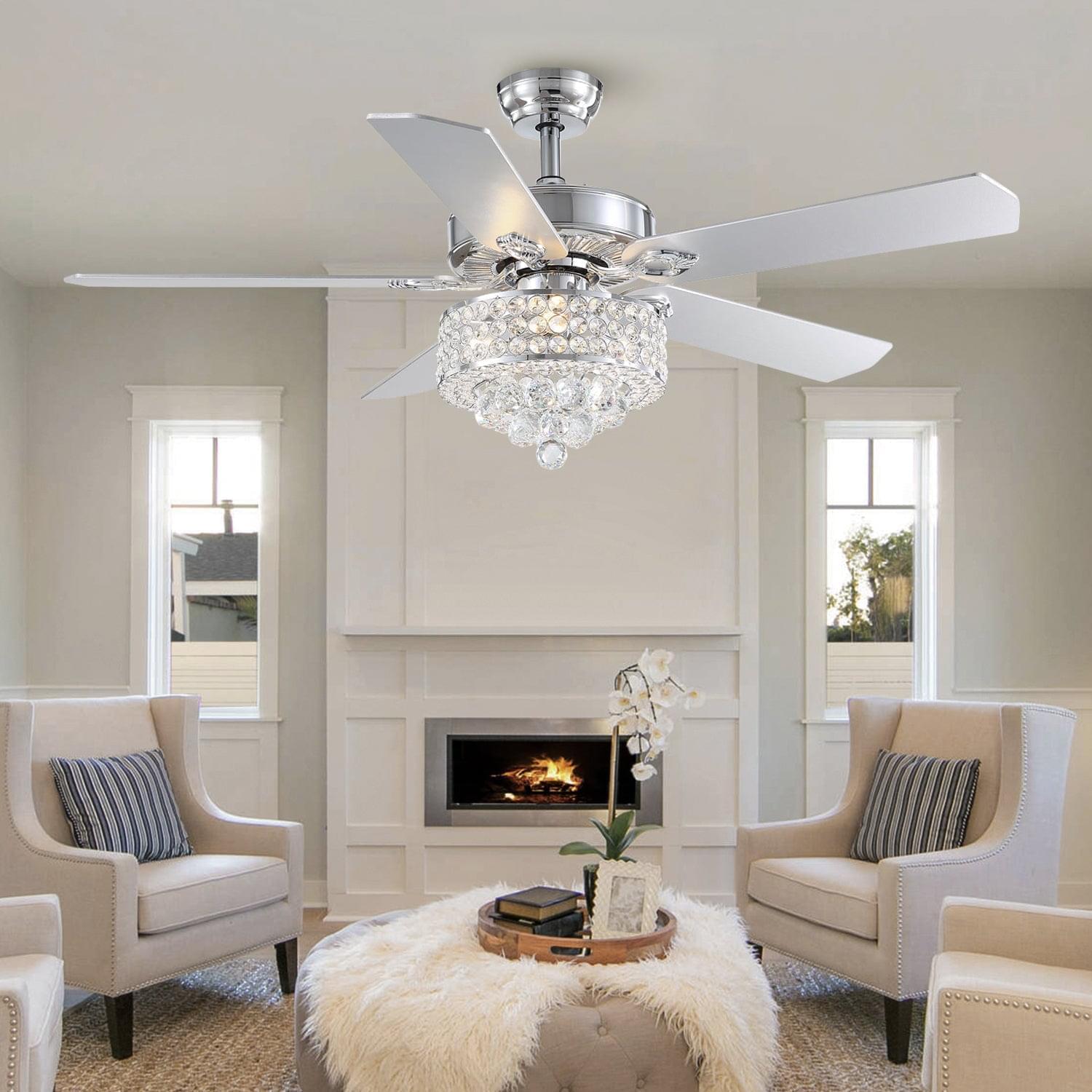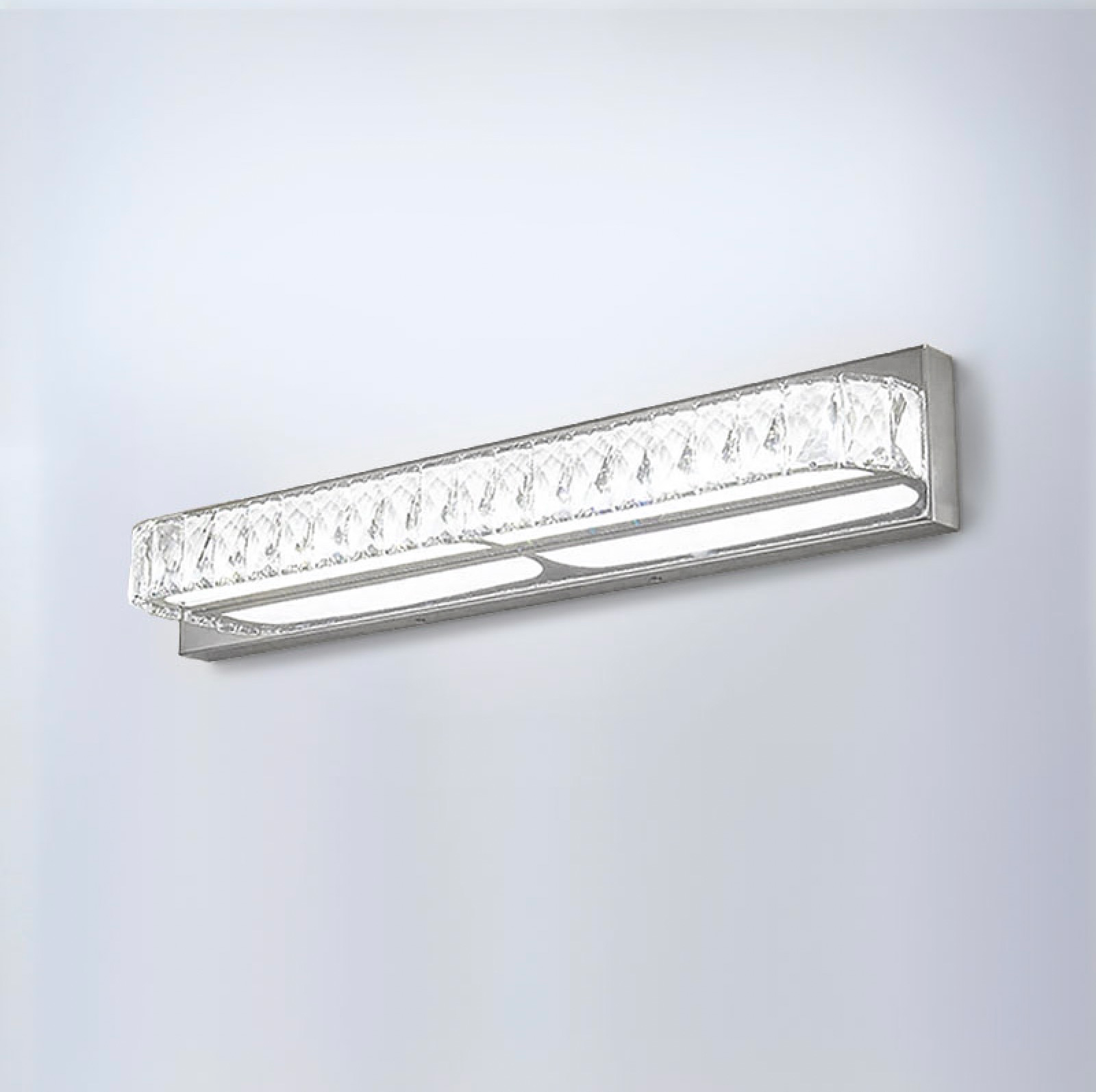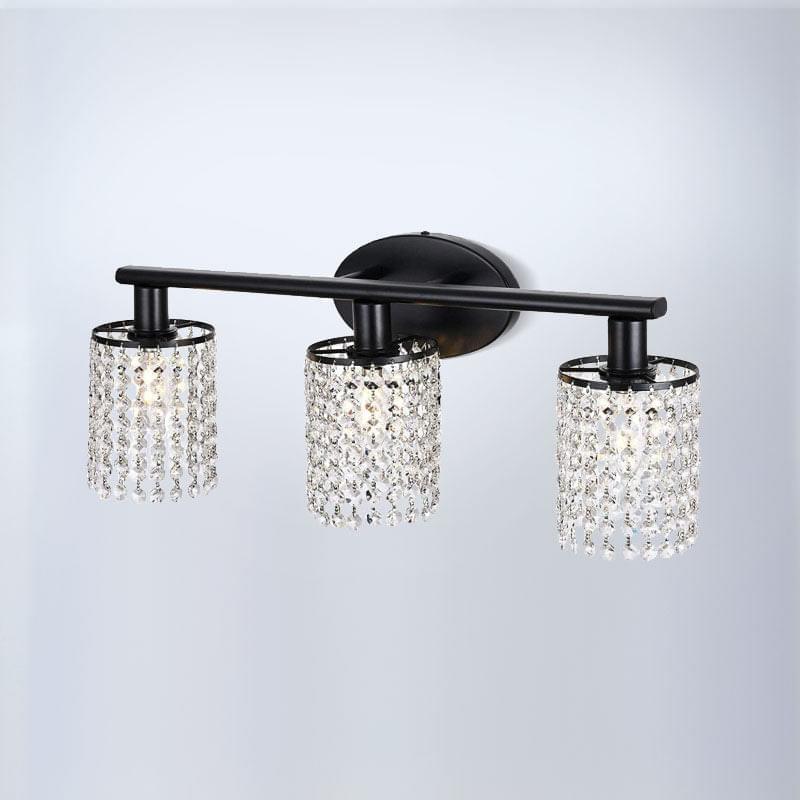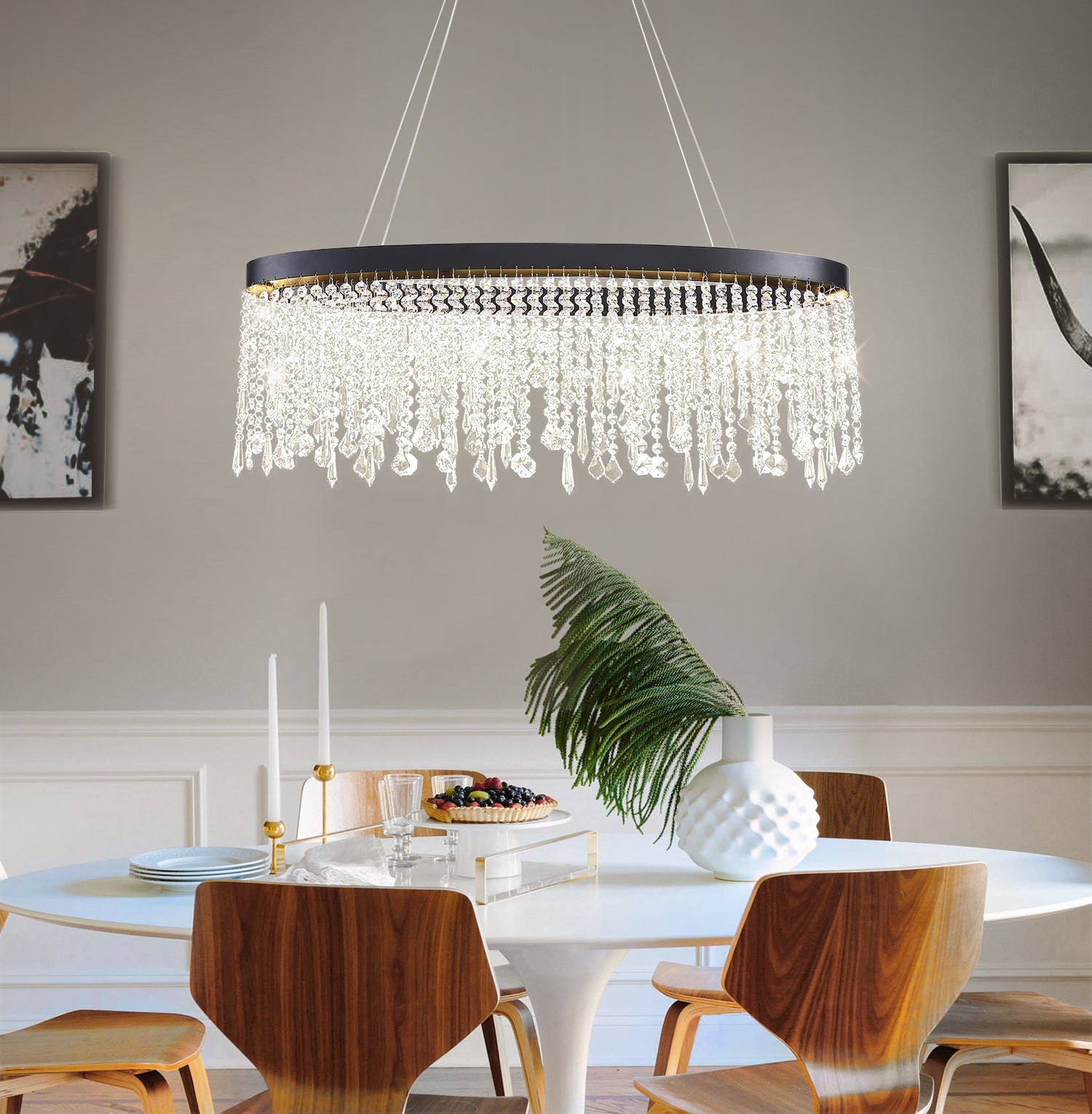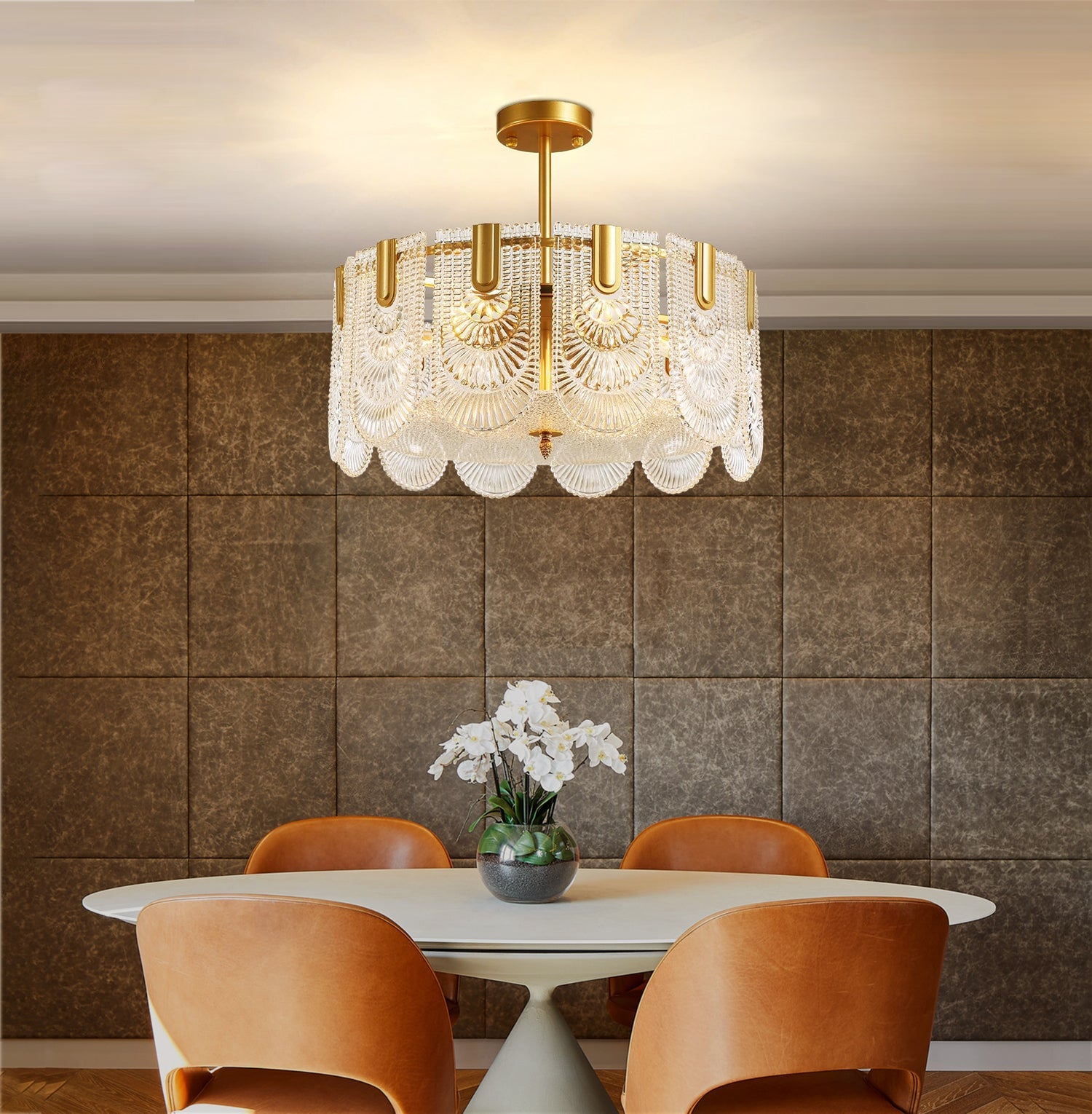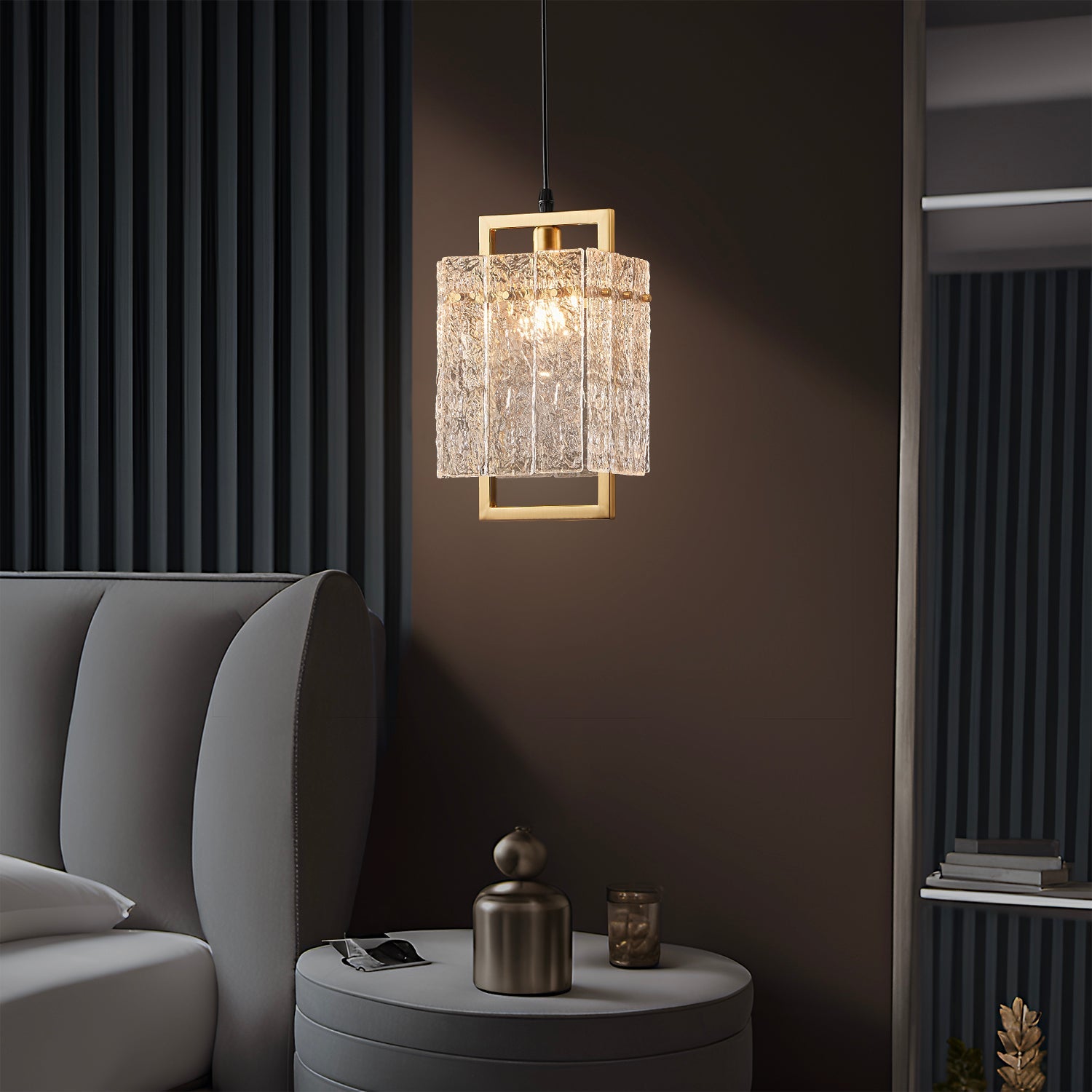Choosing the best led skylight for your home means looking at your room’s purpose, roof type, and how much light you want. You’ll want to match the skylight’s features and size to your space for comfort and energy savings. Studies show artificial skylights boost mood and make rooms feel more lively, as seen in the table below. Pay attention to energy ratings, smart controls, and professional installation for the best results.
|
Evidence Aspect |
Details |
|---|---|
|
Mood Improvements |
More lively, less tense, increased connection |
|
Statistical Significance |
p < 0.05 in multiple measures |
|
Relevance to LED Skylights |
Artificial skylights (including LED) show measurable benefits |
Key Takeaways
-
Choose your LED skylight based on your room’s use, size, and roof type to get the right light and save energy.
-
Pick the skylight type—fixed, vented, or tubular—that fits your room’s needs and roof shape for comfort and efficiency.
-
Look for energy-efficient features and smart controls to lower your energy bills and make your home more comfortable.
-
Hire a professional to install your skylight to avoid leaks and ensure it works well for many years.
-
Keep your skylight clean and check it regularly to maintain brightness, prevent damage, and extend its lifespan.
Assess Space
Room Use
Start by thinking about how you use each room. Do you cook, work, or study there? Or do you relax and unwind? The way you use a room changes how much light you need.
-
Kitchens and workspaces need bright light—about 50 lumens per square foot. This helps you see clearly and stay focused.
-
Bedrooms and living rooms feel better with softer light, around 10 to 20 lumens per square foot.
-
If your room already gets lots of sunlight, you can use less artificial light.
-
Adjustable lights with dimming features let you change the brightness for different times or moods.
-
Pick a color temperature that matches the room’s purpose. Warm light feels cozy, while cool light helps you concentrate.
Tip: Customizing your lighting for each room makes your home more comfortable and energy efficient.
Floor Area
The size of your room matters when choosing a skylight. You want enough light, but not so much that it causes glare. Experts recommend using a skylight-to-floor area ratio to get the best results. Here’s a quick guide:
|
Skylight-to-Floor Area Ratio |
Effect/Notes |
|---|---|
|
3% |
Good for most homes; think about where you place the skylight |
|
4% - 10% |
Balances energy savings and daylight; adjust for your climate |
|
Can cut energy use by almost 20% in some buildings |
|
|
Up to 14% |
Works for special cases, but watch out for too much light |
Room layout also plays a big role. Studies show that how you arrange furniture and where you put the skylight changes how evenly the light spreads. If you set things up right, you get better lighting and more comfort.
Roof Type
Your roof decides what kind of skylight you can install. Flat roofs and sloped roofs need different skylight shapes and installation methods.
-
Flat roofs often use domed or tubular skylights.
-
Sloped roofs work well with flat or vented skylights.
-
The direction your roof faces changes how much sunlight you get. South-facing roofs bring in more light, while north-facing ones give softer, steady light.
Think about your roof’s structure and where you want the light to go. This helps you pick the right skylight and avoid problems later.
LED Skylight Types
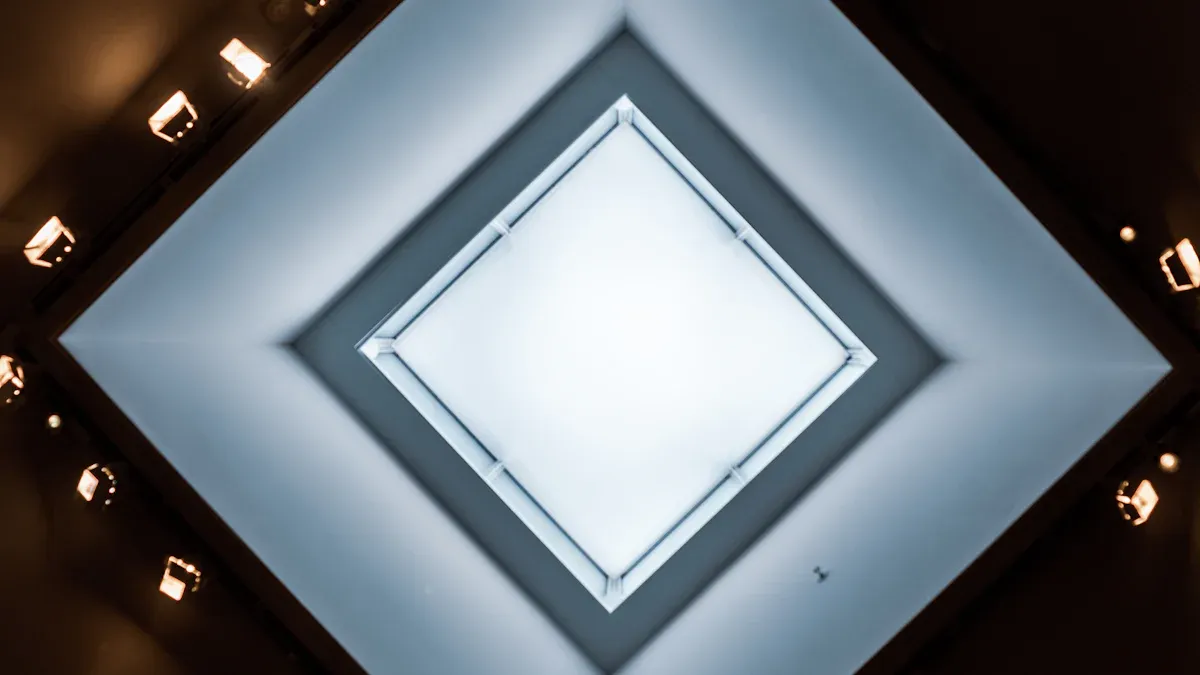
Choosing the right type of LED skylight can make a big difference in your home. Each style works best in certain rooms and roof shapes. Let’s break down the main options so you can find the perfect fit.
Fixed
Fixed skylights stay closed all the time. They bring in steady daylight and brighten up any space. You might use a fixed LED skylight in living rooms, hallways, or bedrooms where you want more light but don’t need extra airflow. Research shows that fixed LED lighting gives you consistent, high-quality light. This helps regulate your body’s natural rhythms and keeps you comfortable. Fixed skylights also work well with most roof types and offer a simple, cost-effective installation.
Vented
Vented skylights open and close, letting in both light and fresh air. You can choose manual or automatic controls, which adds flexibility. These skylights work great in kitchens, bathrooms, or laundry rooms where you want to reduce humidity and improve air quality. Adding a vented LED skylight can help you keep your home feeling fresh and healthy. Many homeowners like the extra control, especially if you want to let out steam or odors.
Tubular
Tubular skylights use reflective tubes to bring daylight into small or hard-to-reach spaces. They fit well in closets, hallways, or bathrooms where a traditional skylight won’t work. Tubular LED skylights save space and energy. They are easy to install, even if your roof has limited access. You get bright, focused light without taking up much room.
Here’s a quick comparison to help you decide:
|
Skylight Type |
Energy Savings & Benefits |
Installation Notes |
|---|---|---|
|
Fixed |
Consistent daylight, lower energy bills |
Simple, cost-effective, fits most roofs |
|
Vented |
Adds airflow, improves indoor air quality |
Manual or automatic, great for humid rooms |
|
Tubular |
Brightens small spaces, very energy efficient |
Compact, works where access is limited |
Tip: Match your skylight type to your room’s needs and your roof’s shape. This helps you get the most comfort and energy savings from your new skylight.
LED Skylight Features
Energy Efficiency
You want your home to save energy and stay comfortable all year. When you pick an LED skylight, check its energy rating. High ratings mean the skylight keeps heat inside during winter and blocks it in summer. This helps lower your energy bills. Some skylights use special coatings or layers to boost insulation. You can also find models with built-in solar panels that power the LED lights. These features make your home greener and more cost-effective.
Look for skylights with sensors that adjust light levels based on the time of day or how much sunlight comes in. This smart technology cuts down on wasted electricity. You get bright rooms when you need them and save energy when you don’t.
Tip: Energy-efficient skylights not only save money but also make your home more comfortable in every season.
Light Quality
Light quality matters a lot when you want your space to feel just right. The best LED skylight gives you even, natural-looking light that makes colors pop and rooms feel bigger. Studies show that the amount of light (illuminance) and how it spreads in the room affect how bright and pleasant the space feels. For example, researchers found that higher brightness levels, especially with the right mix of direct and indirect light, make people rate the room as more comfortable and sky-like.
Manufacturers use special tests to measure how well their skylights light up a room. These tests compare things like brightness, color, and how much the light feels like real daylight. When you choose a skylight, look for one with high ratings for color rendering and even light distribution. This way, you get a space that feels lively and welcoming.
Smart Controls
Smart controls make your skylight easier to use and much more efficient. You can set your LED skylight to turn on or off automatically, dim the lights, or even close blinds when it rains. Many systems use motion sensors, so the lights only come on when someone is in the room. This saves energy and keeps your home running smoothly.
-
At a cold storage warehouse in California, smart controls and sensors cut energy use by 95%.
-
Motion sensors turn off lights when no one is around, saving power.
-
Daylight sensors lower artificial lighting when there’s enough sunlight.
-
Some skylights have built-in sensors that protect the fixture by adjusting brightness if it gets too hot.
-
You can choose between wired or wireless controls, and even connect your skylight to your home’s energy management system.
With these smart features, you get more control, better comfort, and lower energy bills.
Glazing Options
The glazing, or the material that covers your skylight, plays a big role in how well it works. Advanced glazing options can help your skylight last longer and perform better. Some skylights use special glass or plastic that blocks UV rays and keeps your home cooler. Others use polycarbonate or fiberglass, which are lighter than glass and provide better insulation. These materials also handle temperature changes without cracking, so your skylight stays strong for years.
Studies show that certain glazing types can cut building energy use by up to 73% and improve how much daylight you get. Some high-tech glazing can even lower indoor temperatures by over 4 degrees Celsius and boost useful daylight by 21%. You can also find glazing with built-in blinds or shades for extra control. These features protect your furniture from fading and keep your home comfortable.
Note: Choosing the right glazing means your skylight will be safer, more durable, and better at saving energy.
Installation and Care
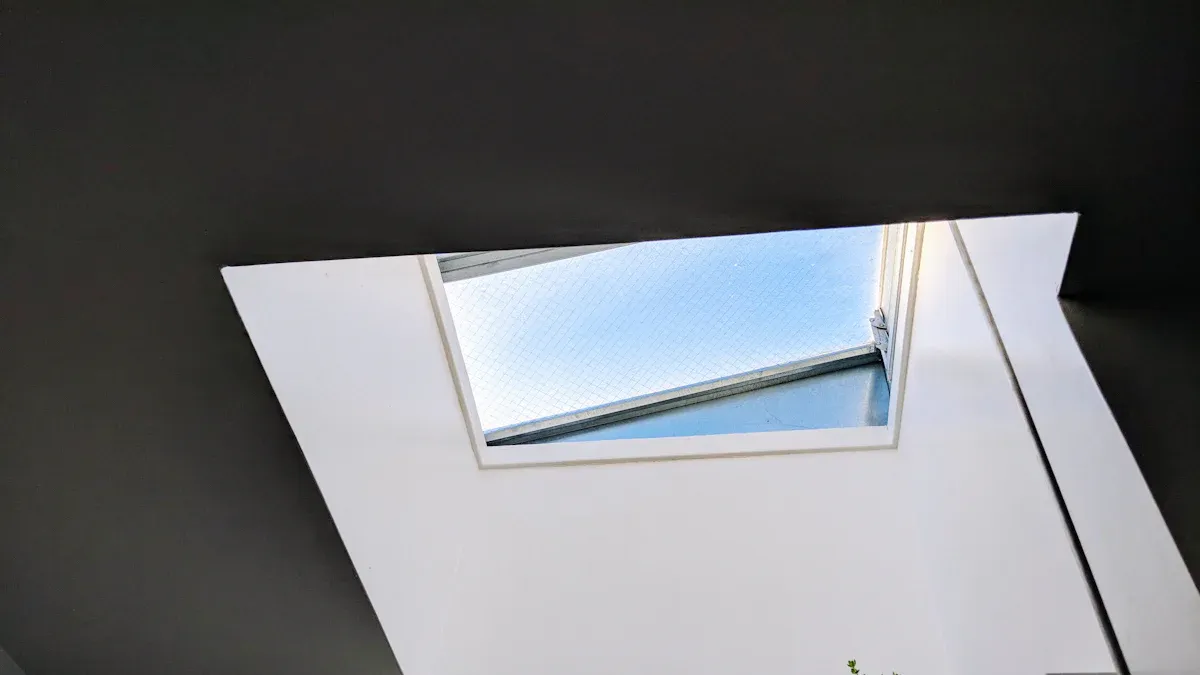
Professional Install
Getting your skylight installed by a professional is one of the smartest choices you can make. A skilled installer knows how to fit the skylight so it does not leak or cause problems later. They use proper flashing and sealing, which keeps water out and protects your roof. When you choose a professional, you also get the benefit of detailed planning and careful measurements. This means your skylight will look great and work well for years.
-
Schools that added skylights saw students learn faster and score higher on tests.
-
Daylit classrooms helped students progress 20% faster in math and 26% faster in reading.
-
Schools using skylights also saved about 20% on lighting costs each year.
Market research shows that more people want professional skylight installation. Experts check every detail, so you get a safe and reliable system. This careful work helps your led skylight last longer and perform better.
Here’s a quick look at what proper installation can do:
|
Performance Metric |
Value/Description |
|---|---|
|
7 years |
|
|
Compliance with Standards |
100% compliance with GDDKiA standards |
|
System Compatibility |
Compatible with DALI control system |
|
Installation Quality |
Detailed audits, precise calculations, and uniform lighting |
Maintenance
Taking care of your skylight is easy if you follow a few simple steps. Clean the glass or plastic cover with a soft cloth and mild soap. Check for dust or leaves that might block the light. If your skylight has blinds or smart controls, wipe them down gently. Look for any signs of leaks or cracks, especially after storms.
Regular maintenance keeps your skylight working like new. Even though LED parts last a long time, other parts like drivers or fixtures may need attention. When you keep everything clean and in good shape, you help your skylight shine bright and save energy.
Tip: Set a reminder to check your skylight every few months. This small habit can make a big difference.
Longevity
You want your skylight to last as long as possible. Good installation and regular care are the keys. When you use your skylight the right way and keep it clean, you get the most out of your investment. Studies show that regular maintenance helps all parts of the skylight system last longer, not just the LED lights.
Choosing a skylight made from strong materials also matters. Look for products with a solid warranty and support from the manufacturer. This gives you peace of mind and helps you enjoy natural light for many years.
You can make your home brighter and more comfortable by following a few simple steps. First, look at your space and pick the right led skylight type. Focus on features that matter most to you, like energy savings and smart controls. Plan for professional installation and easy care. Regular checks keep your skylight working well and safe, as shown below:
|
Task |
Frequency |
Importance |
|---|---|---|
|
Clean glass |
Every 3-6 months |
Maintains brightness and clarity of light |
|
Inspect for leaks |
Every season |
Prevents water damage early |
|
Check seals/frames |
Every season |
Avoids drafts and heat loss |
|
Professional check |
Every 1-2 years |
Extends skylight lifespan and ensures safety |
If you need help, talk to an expert. With the right choices, you’ll enjoy a brighter, more efficient home every day! 🌞
FAQ
How long does an LED skylight last?
Most LED skylights last 10 to 20 years. You get the best results when you clean and check them often. Good care helps your skylight shine bright for many years.
Can I install an LED skylight myself?
You can try, but hiring a pro is safer. Professionals know how to seal and fit skylights so you avoid leaks or damage. You save time and get peace of mind.
Do LED skylights save money on energy bills?
Yes! LED skylights use less power than regular lights. They also bring in natural light, so you use your lights less during the day. Over time, you see lower energy bills.
What smart features can I get with LED skylights?
Many LED skylights offer:
Remote controls
Rain sensors
Automatic dimming
Timers
These features make your home more comfortable and help you save energy.
How do I clean and care for my LED skylight?
Wipe the glass or cover with a soft cloth and mild soap. Check for dust, leaves, or leaks every few months. If you see damage, call a pro for help.


